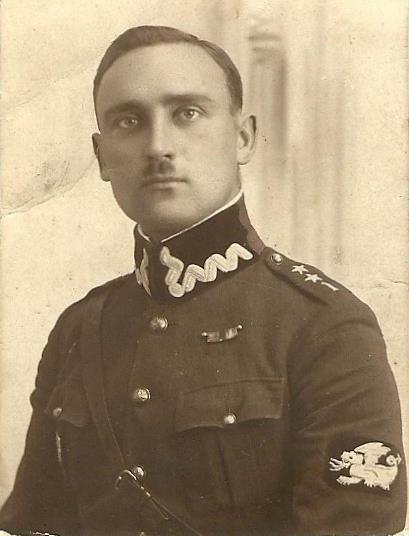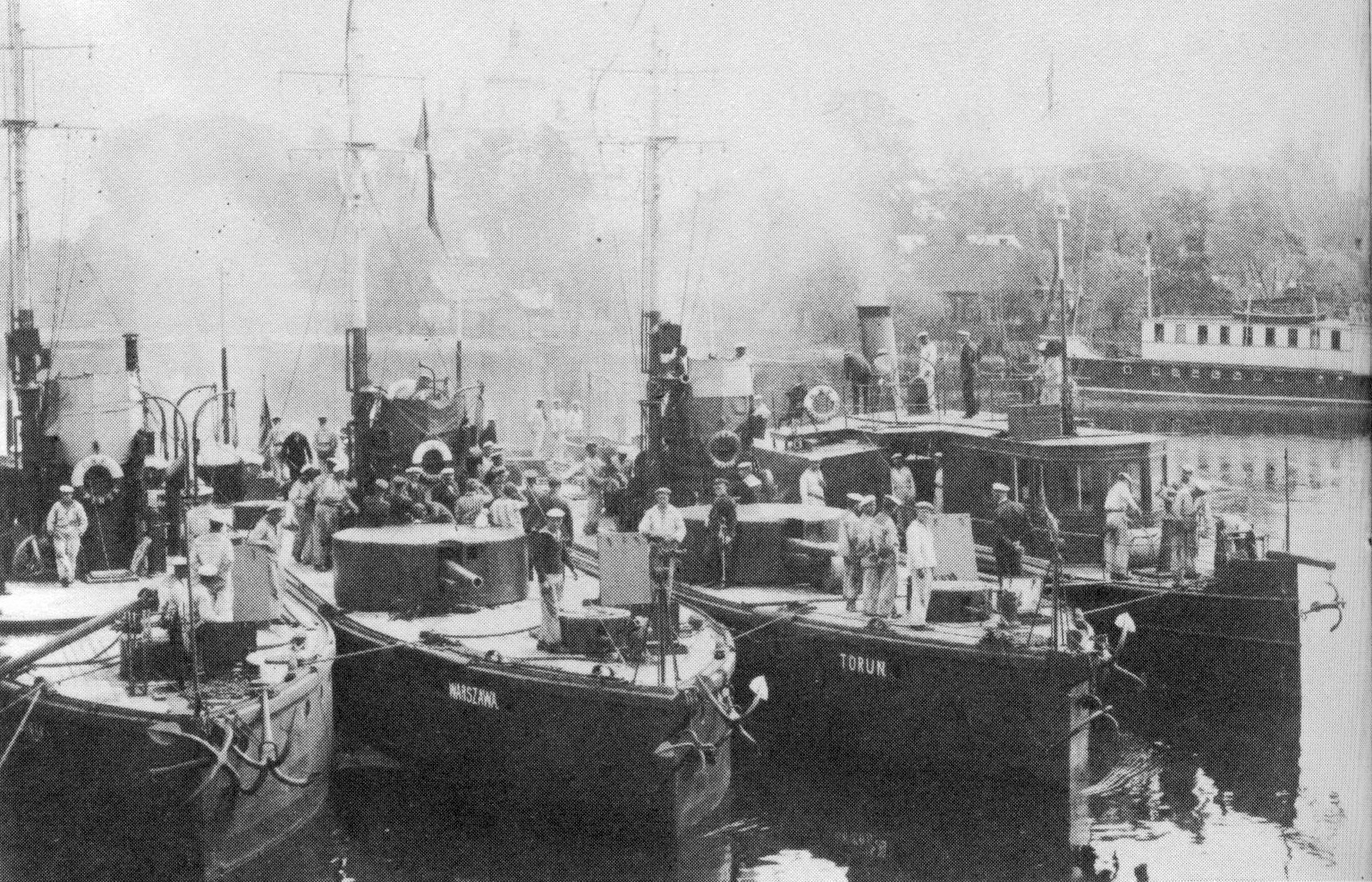|
Battle Of Grodno (1939)
The Battle of Grodno took place between 20 September and 22 September 1939, during the Soviet invasion of Poland.Zaloga, S.J., 2002, Poland 1939, Oxford: Osprey Publishing Ltd., It was fought between improvised Polish units under Gen. Wacław Przeździecki and Soviet Red Army troops of ''Komkor'' Ivan Boldin's Dzerzhinsky Cavalry Mechanized Group, at the time in a non-aggression agreement with Nazi Germany under the Ribbentrop-Molotov Pact. Prelude The Soviet aggression caught much of the eastern Poland virtually undefended, as most of the Polish forces from the area had already been transferred to the German front. After breaking through overstretched defences of the Border Defence Corps, the Soviet 15th Tank Corps started a fast advance towards the city of Grodno. Commander of the pre-war Grodno Military Area Command Gen. Józef Olszyna-Wilczyński, together with the mayor of Grodno Roman Sawicki, started organizing city defences, based mostly on march battalions, volunte ... [...More Info...] [...Related Items...] OR: [Wikipedia] [Google] [Baidu] |
Soviet Invasion Of Poland
The Soviet invasion of Poland was a military operation by the Soviet Union without a formal declaration of war. On 17 September 1939, the Soviet Union invaded Poland from the east, 16 days after Nazi Germany invaded Poland from the west. Subsequent military operations lasted for the following 20 days and ended on 6 October 1939 with the two-way division and annexation of the entire territory of the Second Polish Republic by Nazi Germany and the Soviet Union. This division is sometimes called the Fourth Partition of Poland. The Soviet (as well as German) invasion of Poland was indirectly indicated in the "secret protocol" of the Molotov–Ribbentrop Pact signed on 23 August 1939, which divided Poland into "spheres of influence" of the two powers. German and Soviet cooperation in the invasion of Poland has been described as co-belligerence. The Red Army, which vastly outnumbered the Polish defenders, achieved its targets, encountering only limited resistance. Some 320,000 Poles ... [...More Info...] [...Related Items...] OR: [Wikipedia] [Google] [Baidu] |
5th Rifle Corps
The 5th Rifle Corps was a corps of the Soviet Union's Red Army, formed twice. Formed in 1922, the corps was based at Bobruisk in Belarus for most of the interwar period. It fought in the Soviet invasion of Poland in September 1939, with elements participating in the Battle of Grodno before linking up with German troops. As a result, the corps was stationed on the border when the Operation Barbarossa, the German invasion of the Soviet Union, began on 22 June 1941. The corps was destroyed in the first week of the war in the Battle of Białystok–Minsk and officially disbanded in early July. The corps was formed for a second time in mid-1942 in the Soviet Far East, and spent most of World War II guarding the border around Bikin, sending several formations to the Eastern Front while undergoing several reorganizations. In August 1945, the corps fought in the Soviet invasion of Manchuria as a separate unit directly controlled by the 2nd Far Eastern Front, capturing the Japanese fort ... [...More Info...] [...Related Items...] OR: [Wikipedia] [Google] [Baidu] |
6th Cavalry Corps (Soviet Union)
The 6th Cavalry Corps was a corps of the Soviet Red Army. It was part of the 11th Army. It took part in the Soviet invasion of Poland in 1939. On 23 June 1941, Wolfram Freiherr von Richthofen's 8th Air Corps decimated the corps, operating as part of Western Front, when the 6th Cavalry Corps attempted a counterattack near Grodno. Richthofen threw all available aircraft at the thrust and played a vital role in its defeat. The Soviet corps suffered 50 per cent casualties, mostly from air attack. Richthofen's 8th Air Corps claimed 30 tanks, and 50 motor vehicles in 500 sorties. Organization * 4th Cavalry Division * 6th Cavalry Division * 11th Cavalry Division Commanders Corps commanders: * Komdiv Yelisey Goryachev (17.07.1935 - 25.01.1938), * Komdiv Georgy Zhukov (25.02.1938 - 10.06.1938), * Komkor Andrey Yeryomenko , birth_date = , death_date = , image = Маршал Советского Союза Герой Советского Союза Андрей ... [...More Info...] [...Related Items...] OR: [Wikipedia] [Google] [Baidu] |
Stanisław Szostak
Stanisław Szostak (14 January 1898 – 11 February 1961) was a colonel of the Polish Armoured Corps. He was born in Berazino, today's Belarus, the son of Władysław and Maria Nieciejowska of Hrynica. He was injured in a car accident and died in 1961. He is buried at Brompton Cemetery in London. Russian Revolution and interwar Poland In 1917, having graduated with distinction (Gold Medal), Stanisław Szostak was enrolled as an officer cadet (junker) in the Nikolayevskoye School of Engineers in Petrograd, Russia. Following the unsuccessful counter-revolutionary Junker mutiny of 29 October 1917 he was imprisoned in the Fortress of Peter and Paul in Petrograd. On 18 December 1917, after his release was negotiated by the Polish Military Committee in Petrograd, Stanisław Szostak joined the Junkers company of the 1st Knights Legion of the 1st Polish Corps. Later, he served with the Officer Cadet Legion within the 1st Corps until 6 June 1918. At the beginning of his tour of serv ... [...More Info...] [...Related Items...] OR: [Wikipedia] [Google] [Baidu] |
Lithuania
Lithuania (; lt, Lietuva ), officially the Republic of Lithuania ( lt, Lietuvos Respublika, links=no ), is a country in the Baltic region of Europe. It is one of three Baltic states and lies on the eastern shore of the Baltic Sea. Lithuania shares land borders with Latvia to the north, Belarus to the east and south, Poland to the south, and Russia to the southwest. It has a Maritime boundary, maritime border with Sweden to the west on the Baltic Sea. Lithuania covers an area of , with a population of 2.8 million. Its capital and largest city is Vilnius; other major cities are Kaunas and Klaipėda. Lithuanians belong to the ethno-linguistic group of the Balts and speak Lithuanian language, Lithuanian, one of only a few living Baltic languages. For millennia the southeastern shores of the Baltic Sea were inhabited by various Balts, Baltic tribes. In the 1230s, Lithuanian lands were united by Mindaugas, Monarchy of Lithuania, becoming king and founding the Kingdom of Lithuania ... [...More Info...] [...Related Items...] OR: [Wikipedia] [Google] [Baidu] |
Pińsk
Pinsk ( be, Пі́нск; russian: Пи́нск ; Polish: Pińsk; ) is a city located in the Brest Region of Belarus, in the Polesia region, at the confluence of the Pina River and the Pripyat River. The region was known as the Marsh of Pinsk and is southwest of Minsk. The population is 138,415. The historic city has a restored city centre, with two-storey buildings from the 19th and early 20th centuries. The centre has become an active place for youths of all ages with summer theme parks and a new association football stadium, which houses the city's football club, FC Volna Pinsk. History Timeline up to WWI *In the 9th and 10th centuries, the town of Pinsk was majority Lithuanian *1097 – the first mention of Pinsk * 1241 – transfer of the Orthodox diocese from Turov * 1316 – after this date, Pinsk was incorporated into the Grand Duchy of Lithuania * 1396 – a Catholic church and a Franciscan monastery were erected * 1523 – Pinsk becomes a royal city, first owned by ... [...More Info...] [...Related Items...] OR: [Wikipedia] [Google] [Baidu] |
Lwów
Lviv ( uk, Львів) is the largest city in western Ukraine, and the seventh-largest in Ukraine, with a population of . It serves as the administrative centre of Lviv Oblast and Lviv Raion, and is one of the main cultural centres of Ukraine. It was named in honour of Leo, the eldest son of Daniel, King of Ruthenia. Lviv emerged as the centre of the historical regions of Red Ruthenia and Galicia in the 14th century, superseding Halych, Chełm, Belz and Przemyśl. It was the capital of the Kingdom of Galicia–Volhynia from 1272 to 1349, when it was conquered by King Casimir III the Great of Poland. From 1434, it was the regional capital of the Ruthenian Voivodeship in the Kingdom of Poland. In 1772, after the First Partition of Poland, the city became the capital of the Habsburg Kingdom of Galicia and Lodomeria. In 1918, for a short time, it was the capital of the West Ukrainian People's Republic. Between the wars, the city was the centre of the Lwów Voivodeship in the Se ... [...More Info...] [...Related Items...] OR: [Wikipedia] [Google] [Baidu] |
Związek Harcerstwa Polskiego
, type = organization , headquarters = ZHP Headquarters Warsaw , location = Warszawa, Konopnickiej 6 , country = Poland , f-date = 1 November 1918 , founder = Andrzej Małkowski, Olga Małkowska , members = 138,112 , chiefscouttitle = Naczelnik , chiefscout = Martyna Kowacka , website = , affiliation =World Organization of the Scout Movement, World Association of Girl Guides and Girl Scouts , gender1 = male , color_body1 = 809500 , pattern_body1 = shirt short sleeves , color_head1 = 000000 , pattern_head1 = beret , color_legs1 = 807000 , pattern_legs1 = trousers , uniform_caption1 = Scout , gender2 = female , color_body2 = C0C0C0 , pattern_body2 = blouse short sleeves , color_head2 = 000000 , pattern_head2 = beret , color_legs2 = C0C0C0 , pattern_legs2 = skirt , uniform_caption2 = Girl Scout The Polish Scouting and Guiding Association ( pl, Związek Harcerstwa Polskiego, ZHP) is the coeducational Polish Scouting organization recognized by the Wor ... [...More Info...] [...Related Items...] OR: [Wikipedia] [Google] [Baidu] |
March Battalions
A march battalion (french: Bataillon de Marche, , it, Battaglione di marcia or ) is a military unit comprising replacement and support personnel, usually for a regiment or brigade-sized formation. The term rear echelon – especially in the armies of the UK and other Commonwealth countries – refers to units serving analogous functions, at military formations of any size. These have included, during the early 20th Century, the replacement depots of the US Army, which supported larger formations, such as field armies (or "numbered armies"), army groups or entire military theaters. A march battalion, in the narrowest and original sense of the term, is a temporary unit made up of assorted replacement personnel destined for the regular battalions of an infantry regiment or brigade. March battalions were intended to maintain military discipline and give personnel a command structure while they were being transferred to operational duties and/or during a transitional period. In t ... [...More Info...] [...Related Items...] OR: [Wikipedia] [Google] [Baidu] |




